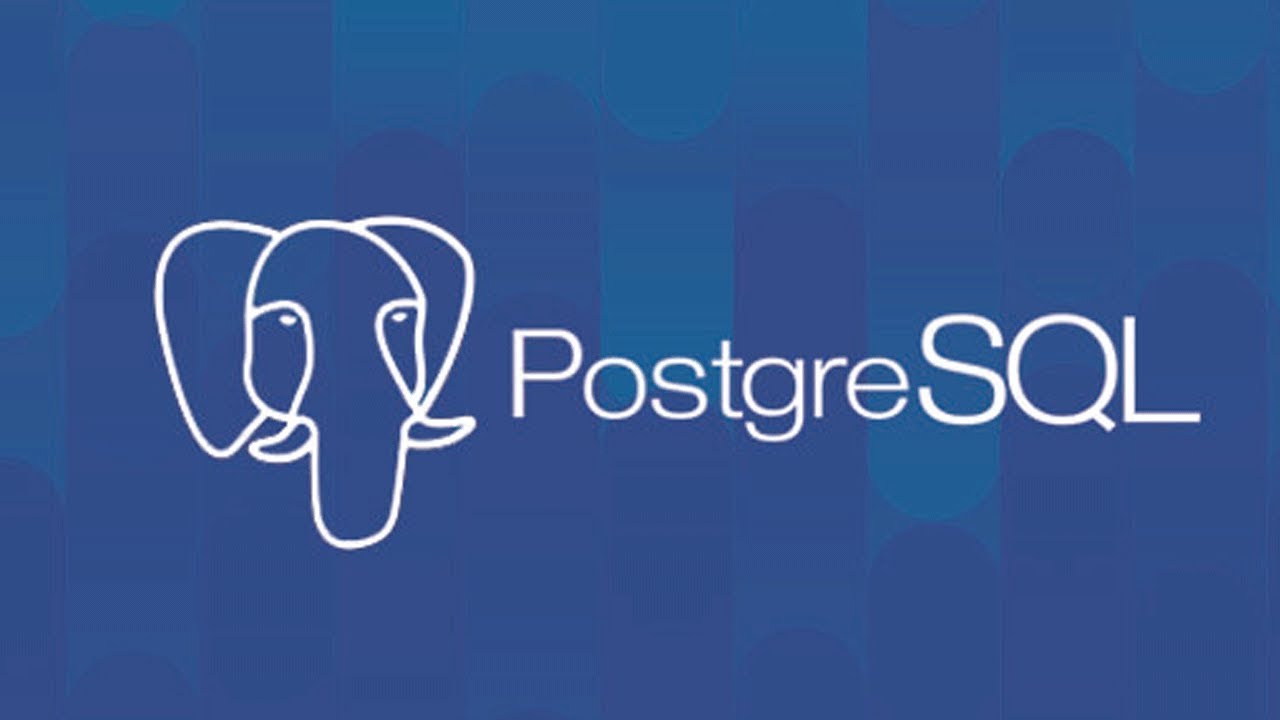A Comprehensive Guide to PostgreSQL Security Best Practices
 Cafer Kara
Cafer Kara
PostgreSQL, often referred to as Postgres, is a powerful and open-source relational database management system widely used in enterprise applications. As the backbone of critical data storage, it is essential to prioritize the security of PostgreSQL to safeguard sensitive information and prevent unauthorized access. This article delves into best practices for enhancing the security of PostgreSQL databases.
Authentication and Authorization:
Secure Passwords: Ensure that strong, unique passwords are enforced for all PostgreSQL user accounts. Encourage users to regularly update their passwords to mitigate the risk of unauthorized access.
Role-Based Access Control (RBAC): Utilize PostgreSQL's robust RBAC system to assign specific roles and permissions to users. Limit privileges to the minimum necessary for each role, reducing the potential impact of a security breach.
Encryption:
Data Encryption at Rest: Implement disk-level encryption mechanisms to protect data stored on disk. This prevents unauthorized access to sensitive information in case physical media is compromised.
SSL/TLS Encryption: Enable SSL/TLS encryption for data in transit to secure communication between the client and the PostgreSQL server. This prevents eavesdropping and Man-in-the-Middle attacks.
Firewall Configuration:
- Network Security: Utilize firewalls to restrict access to the PostgreSQL server based on IP addresses. Only allow connections from trusted sources and consider using Virtual Private Networks (VPNs) for additional security.
Regular Updates and Patching:
- Stay Current: Keep PostgreSQL software and related dependencies up-to-date by applying patches and updates promptly. Regularly check for security releases and apply them to mitigate potential vulnerabilities.
Monitoring and Logging:
Audit Logging: Enable detailed logging to keep track of database activity. Regularly review logs for any suspicious activity and set up alerts for specific events, such as failed login attempts or high resource usage.
Performance Monitoring: Monitor database performance to detect anomalies that may indicate a security issue. Unusual patterns, such as sudden spikes in traffic or resource consumption, should be thoroughly investigated.
Backup and Recovery:
Regular Backups: Implement a robust backup strategy to ensure data recovery in the event of a security incident. Regularly test backups to confirm their integrity and availability.
Point-in-Time Recovery (PITR): Enable PITR capabilities to restore databases to a specific point in time, providing a more granular approach to recovery.
Vulnerability Assessments:
- Regular Scans: Conduct regular vulnerability assessments to identify and address potential security weaknesses. Utilize tools to scan the PostgreSQL deployment for known vulnerabilities and apply necessary fixes.
User Education:
- Security Training: Educate database administrators, developers, and other personnel involved in PostgreSQL management about security best practices. Awareness is crucial in preventing common security pitfalls, such as weak passwords or inappropriate access controls.
Conclusion:
Securing a PostgreSQL database is a multifaceted endeavor that involves a combination of robust authentication, encryption, access control, and monitoring strategies. Regularly updating and patching, along with ongoing vulnerability assessments, are integral components of maintaining a resilient PostgreSQL environment. By implementing these best practices, organizations can significantly enhance the security posture of their PostgreSQL databases and protect critical data from potential threats.
Subscribe to my newsletter
Read articles from Cafer Kara directly inside your inbox. Subscribe to the newsletter, and don't miss out.
Written by
